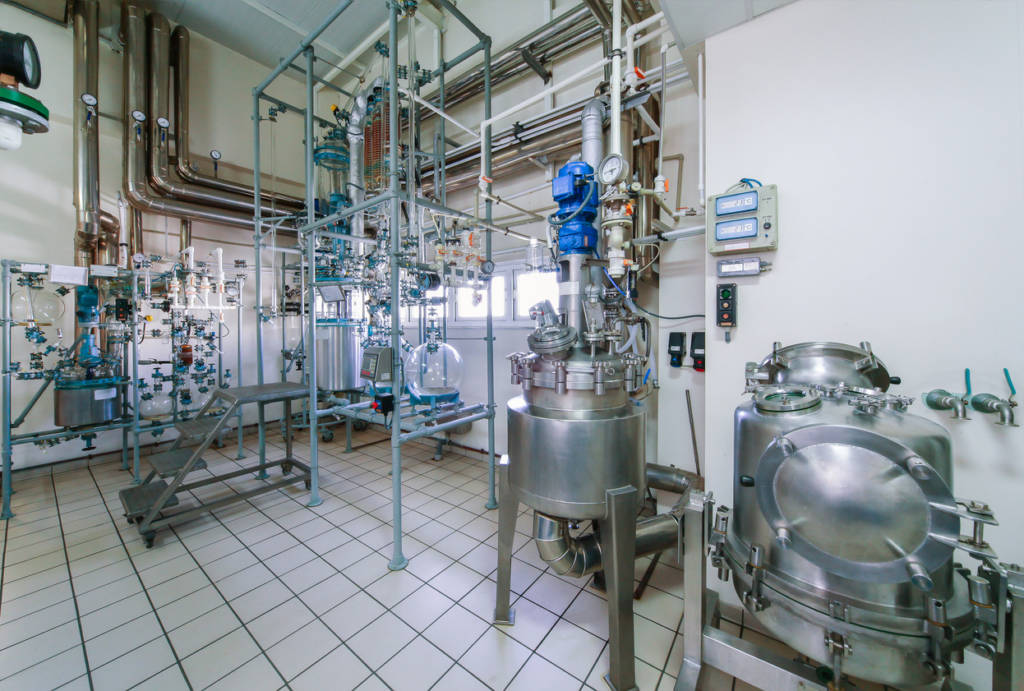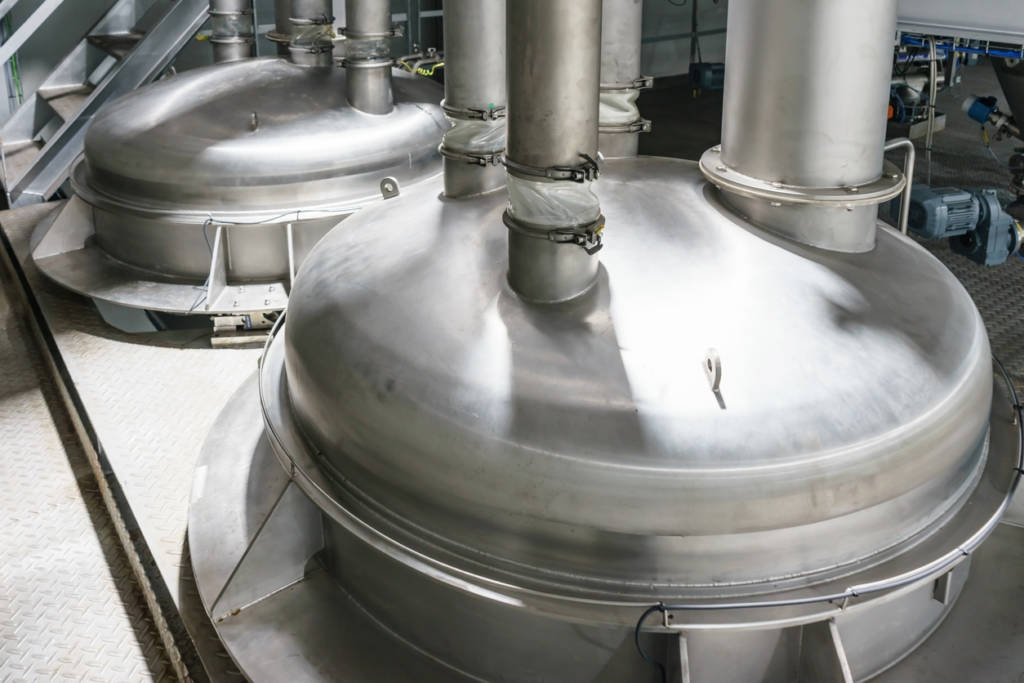Pharmaceutical Process Safety Management
Pharmaceutical Process Safety Management: Kenexis leverages cutting-edge tools and techniques, alongside innovative research, and development in technical safety engineering. This expertise has established us as the foremost authority in assisting companies in guaranteeing the safety of their processes, particularly in areas where potential risks may be underestimated.
Pharmaceutical processes, characterized by multiple reaction steps, unit operations, as well as additional procedures such as sterilization and milling, greatly benefit from thorough quantitative analysis of potential causes and consequences. Kenexis stands as a reliable, efficient, and effective partner in analyzing the risks inherent in the manufacturing processes within the pharmaceutical industry.


Chemicals employed in pharmaceutical processing pose significant hazards. Numerous reaction steps necessitate reagents that are toxic, flammable, or highly reactive. Surprisingly, even Nitrogen, constituting 78% of the air we breathe, carries considerable life-threatening risks. Failing to comprehensively understand and analyze the risks associated with any process, including utility tasks like sterilization, can have fatal consequences.
We assess risks and develop suitable safeguards by employing established engineering methodologies and tools. These include Hazards and Operability Studies (HAZOP), gas dispersion analysis, fire and explosion modeling studies, as well as the design of safety instrumented systems for emergency shutdown or de-inventory. We also focus on the placement and design of gas detection and fire detection systems, along with facility siting to ensure proper separation between equipment and occupied areas such as control rooms.
Below are examples of processes where we have effectively analyzed risks and devised safeguarding solutions:
Runaway Reactions
Numerous chemicals utilized in pharmaceutical manufacturing possess flammable, toxic, or highly reactive properties, necessitating thorough risk assessments and engineering controls alongside personal protective equipment. Runaway reactions are a concern, whether occurring within process reactors or during chemical storage.
Risk mitigation begins with conducting Hazard and Operability Studies (HAZOP) on process units and equipment. Automatic emergency measures, such as dumping, quenching, or inerting, may be required to address runaway reactions. Given the potential hazards posed by flammable and toxic substances, comprehensive detector coverage mapping is often essential, ensuring the appropriate placement of flammable gas, toxic gas, and fire detectors throughout the facility. Gas dispersion modeling is typically employed to evaluate the environmental impact of released gases, guiding the optimal positioning of detectors.
Facility siting is essential to safeguard occupied buildings and areas like control rooms from potential consequences resulting from runaway reactions.
Sterilization
The sterilization process involves procedures that pose risks related to pressure, temperature, and chemicals. Chemicals like ethylene oxide, a toxic and flammable gas commonly used in sterilization, introduce potential hazards. Inside sterilization or storage containers, there’s a risk of creating explosive vapor-air mixtures.
Effective risk management starts with conducting Hazard and Operability Studies (HAZOP) or similar Process Hazards Analysis (PHA) on process units and equipment. Safety Instrumented Systems (SIS) should be employed to safeguard both equipment and personnel. Given the presence of flammable and toxic materials, meticulous fire detection coverage mapping is necessary to position detectors, particularly around areas prone to leaks. Gas dispersion modeling is often essential for the placement of gas detectors, addressing flammable and toxic gases as well as potentially hazardous byproducts, a concern particularly for indoor installations. Facility siting becomes crucial to mitigate the impact of process incidents on occupied buildings and spaces like control rooms.
Milling
In addition to the inherent chemical hazards, milling introduces an additional risk due to the generation of dust particles during the process. This dust can deflagrate and, if confined within a space, may trigger an explosion. Moreover, the initial explosion can lead to secondary explosions in areas where dust has accumulated, making dust explosions a frequent occurrence. However, with a comprehensive understanding of the hazard and implementation of appropriate safeguards, such incidents can be mitigated.
Nevertheless, the safeguards themselves may introduce additional risks. For instance, besides grounding, a common approach to safeguard against dust explosions involves displacing oxygen with nitrogen to disrupt the fire triangle. However, nitrogen poses an asphyxiation hazard not only in enclosed spaces but also near leaks or when equipment is opened.
Effective risk management begins with conducting Hazard and Operability Studies (HAZOP) or similar Process Hazards Analysis (PHA) on process units and equipment. Given the presence of flammable and potentially toxic materials, meticulous detector coverage mapping is essential to position flammable gas, toxic gas, and fire detectors appropriately. Gas dispersion modeling is indispensable for placing detectors to address flammable and toxic gases, as well as potential oxygen depletion, which can pose significant challenges in indoor installations. Facility siting becomes imperative to mitigate the impact of incidents on occupied buildings and spaces such as control rooms.
Get in touch with us at [email protected] to discuss your challenges and let us assist you in ensuring the safety and sustainability of your processes.
